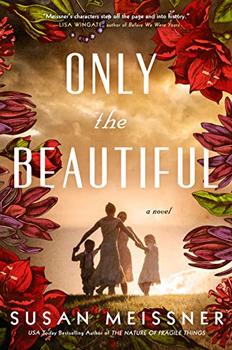 Revenge is an arduous task, and tales of retribution are especially suited for the western setting. In the popular imagination, the American West is lawless and brutal, besotted with everyday bloodshed, and so revenge seems like an appropriate goal. Nearly every writer of westerns has a vigilante or two somewhere in their lineup. It's a setting so far gone it seems like myth, and that is often how it is written: epic in both landscape and feeling. Paulette Jiles has plenty of experience with revenge westerns, and in her novel Chenneville, she does the genre justice, echoing its romantic roots with an odyssey of body and mind.
Revenge is an arduous task, and tales of retribution are especially suited for the western setting. In the popular imagination, the American West is lawless and brutal, besotted with everyday bloodshed, and so revenge seems like an appropriate goal. Nearly every writer of westerns has a vigilante or two somewhere in their lineup. It's a setting so far gone it seems like myth, and that is often how it is written: epic in both landscape and feeling. Paulette Jiles has plenty of experience with revenge westerns, and in her novel Chenneville, she does the genre justice, echoing its romantic roots with an odyssey of body and mind.
They say revenge is a dish best served cold, but the revenge western can be warm in surprising ways, and often they are complex character studies. One example is Owen Wister's The Virginian (1902), considered by many to be the first western novel, in which the hero maneuvers a close betrayal, new love, and the crime of "cattle rustling," showing the internal ...

 Book Reviewed by:
Book Reviewed by:






